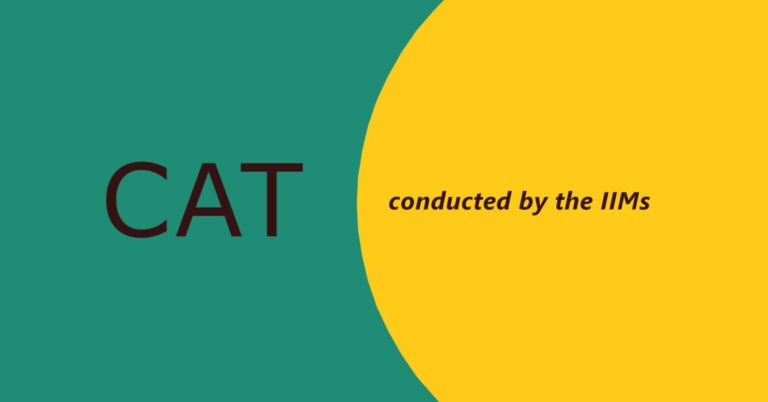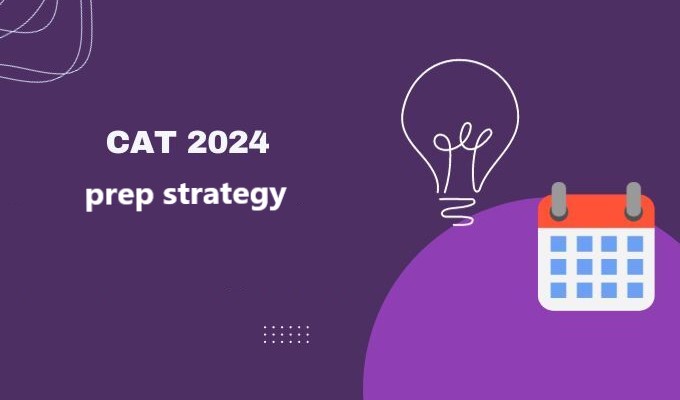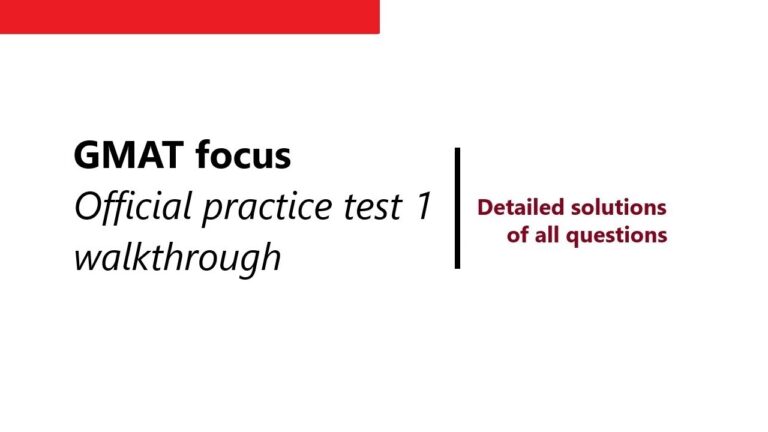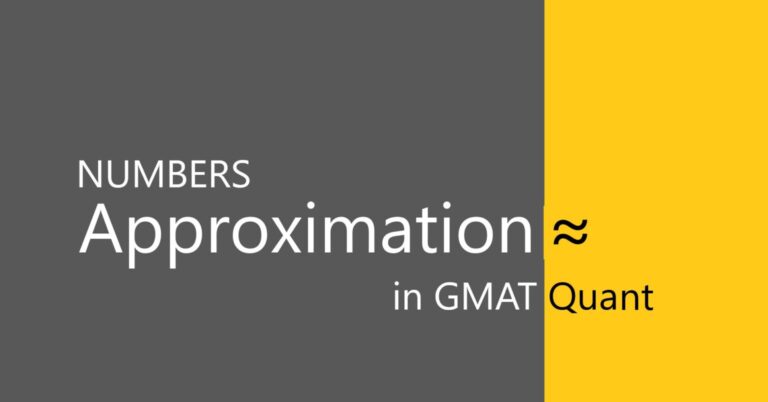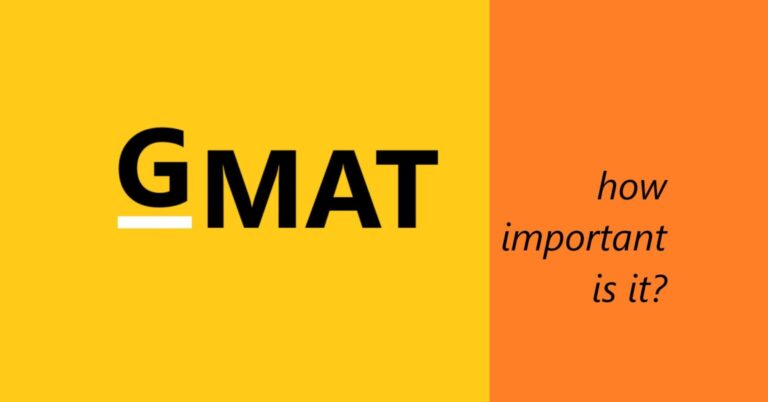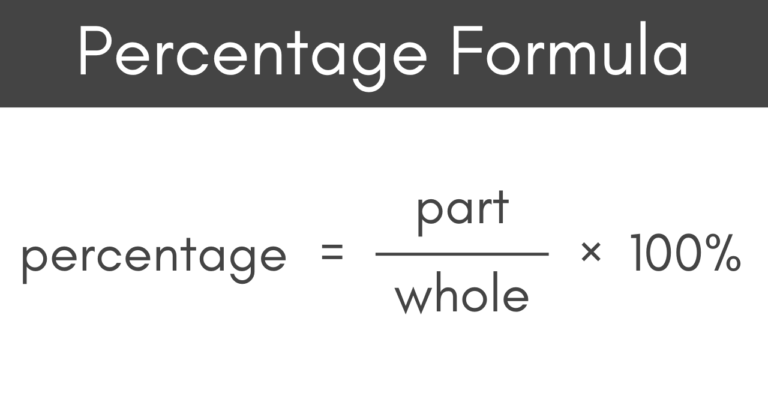Prepare for the GMAT Focus Edition
- What is the Focus Edition?
- Focus on Quant
- Focus on Data Insights
- Focus on Verbal
- Resources
- Prep Strategy
About the Focus Edition
The GMAT focus edition is a concise and compact version of the earlier GMAT classic edition. It has 3 sections – Quantitative Reasoning, Verbal Reasoning and the Data Insights (no essay!). It is roughly a 2 hours 15 min test and scored from 205 to 805.
The test structure is as follows:
- Quantitative reasoning – 21 questions, 45 minutes
What is tested: Arithmetic, Number properties, Algebra, Inequalities and Combinatorics (counting methods, probability) - Verbal reasoning – 23 questions, 45 minutes
What is tested: Reading comprehension, Critical reasoning - Data insights – 20 questions, 45 minutes
What is tested: Data Sufficiency and Integrated reasoning
Focus on Quantitative Reasoning
- Improve your calculation speed – remember that calculators aren’t allowed in this section and calculations may be the weak-link!
- In the early stages of preparation, give sufficient time to each question; don’t immediately look at the explanations.
- Focus on the basic concepts and make sure that those are absolutely clear. You need to understand that the topics are closely linked and there may be questions drawing information from more than one topic.
- Do not memorize unnecessary complicated formulae targeting specific question types. Know methods like working quickly with numbers, choice of suitable numbers, and the use of answer options.
Focus on Verbal Reasoning
There are two types of questions:
- Critical reasoning – these are short passages / paragraphs having a stem which contains the necessary information and you need to perform a logical operation on the same
- Reading comprehension – these are longer passages (compared to the passages above) and will involve a main idea along with inferred ideas
- Improve your reading speed. There are many ways of reading fast, where you do not necessarily have to focus on individual words, but on the sentence as a whole – “Read fast enough so that you aren’t necessarily bothered with individual words yet slow enough to be able to understand the essence of the passage”
- The good thing is that there are no formulae to remember – it is all about the process and the logic. Understand the tone of the author and the theme of the passage, i.e., what the author is trying to convey and accordingly interpret the meaning. The focus should be not only what is explicitly stated, but also on what is inferred.
- While practising, make sure to check all the other options and ensure that you can understand why those are incorrect – this is a very important part of the preparation process and helps strengthen your aptitude for such questions.
- Read a lot from a variety of topics, for example, The Economist, BBC news, Wall Street Journal, etc. These present articles on a wide variety of topics. Remember that the passages can be on politics, economics, philosophy, and even science.
Focus on Data insights
There are two distinct types of questions:
- Data Sufficiency – determining the sufficiency of information provided to answer a question. Some of these are based on the same Quant topics discussed above and some are based on logical reasoning, logical connectives and critical reasoning
- Integrated reasoning – analysing and interpreting data, in various forms, and taking decisions based on the same
- Having a very good hold of quant concepts is vital to be able to answer questions on data sufficiency. While preparing for the quant section, you should keep practicing questions on data sufficiency simultaneously.
- Make sure you are comfortable with the structure of the questions in this section. The questions are differently worded than the usual ones and it makes a lot of sense to have sufficient practice covering each type.
- You should be comfortable reading visual data input formats such as line graphs, bar graphs, pie charts and tabular data. Also, calculators are allowed, so feel free to use them!
- There can be reasoning based questions too, drawing from the critical reasoning questions.
Resources to follow
- Official guide (Focus edition) – book
- Official Verbal Review – book
- Official Quant review – book
- Official Data Insights review – book
- Official mock tests (Focus edition) – 1 to 6 (1 and 2 are complimentary) – online
- Official Practice Questions Bundle – online
Preparation strategy
Take a diagnostic test at the very beginning – this will give you a realistic idea about what to expect in the test and where you stand at the moment. That way, you can provide a more structured approach to your preparation.
- The first thing you should do is to make a schedule that would be possible for you to follow consistently.
- Do not necessarily study at a stretch. If possible, break up the time (approximately 2 to 2.5 hours/day) into slots of 45-60 minutes. Keep each slot for a particular subject / topic depending on your preferences (for example, you may prefer preparing for Verbal in the morning and for Quant in the evening)
- Don’t cram – keep applying what you learn by solving questions based on that concept immediately after you learn
- Keep revising concepts that you have studied earlier.
Just like any other skill, preparing for the GMAT takes time. One must trust the process and keep working – the results will definitely follow!
“Consistency is the key”
We provide a thorough Online preparation for the GMAT, the GRE, CAT, SAT & ACT. Check out our course details – GMAT and GRE
We counsel aspirants by giving them a personalized preparation strategy. Our mentors ensure that all aspects of the preparation are taken care of. Call / WhatsApp us at +91 9433063089 for a free consultation regarding your career moves


